#hydrozincite
Text

White hydrozincite crystals on matrix from Fredrickson Mine, Nevada.
Photo taken from e-Rocks listing:
0 notes
Note
here are some random minerals if you need any to use:
Apophyllite
Hemimorphite
Hydrozincite
Chambersite
Staurolite
Phosphosiderite
Adamite
Bustamite
Amesite
Phosphophyllite
Andalusite
thanks ill keep this in mind, sometimes i want a specific color gem but have no idea what name to give it.
9 notes
·
View notes
Text

The Vosges Mountains, in North-East France, are a low mountain range, bordering Germany and extending between the French regions of Lorraine and Alsace.
A regions of splendid lakes and pine trees, with a rich diversity of plant and animal species. The Vosges biosphere is labelled at the UNESCO. Dears, chamois, badgers, foxes, beavers, grey wolves, hares, boars, lynxes, groundhogs… The western capercaillie is an endangered bird in the Vosges mountains, less than six of them exist today in the region.
Wild lilies, martagon lily, wild orchids, wild pansies, forest violets, gentian, anemones, sundews are flowers that we can find in the Vosges.
The Arnica flower is a medicinal plant used for bruises, wound healing, muscle aches, insect bites, swelling from broken bones and joint pain. 90% of the wild Arnica flower production comes from the Markstein plateau. Many pharmaceutical brands use arnica flowers freshly picked from the Vosges peaks - Weleda orders two tons of these flowers every year.
Quartz, Aragonite, Bismuthite, Hydrozincite, Cérusite, Rhodochrosite, Azurite, cuprite, copper, hematite, fluorine are minerals that are found in the Vosges.
#France#region#Vosges#grandest#grand-est#Alsace#Lorraine#region Lorraine#Épinal#departement#departement des Vosges#nature#arnica#recolte#forest#botanique#north east#northe east France#Moselle#Meuse#lakes#lac Blanc#lac noir#lac vert#gerardmer#chalets#cabins#sapins#French countryside#Parc naturel régional des Ballons des Vosges
4 notes
·
View notes
Text

Zinc
Pictured is a type of formation known as a Bloom.
Also known as Hydrozincite or Marionite this is an oxidized form of Zinc.
0 notes
Text
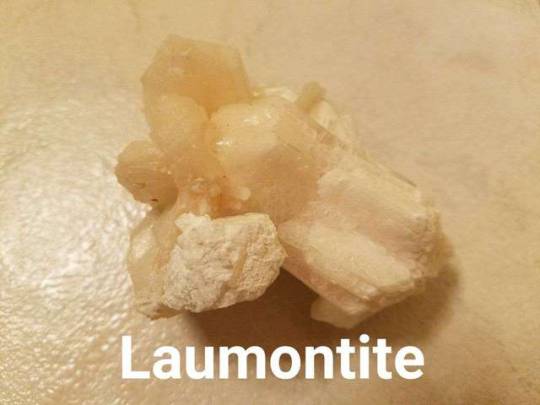



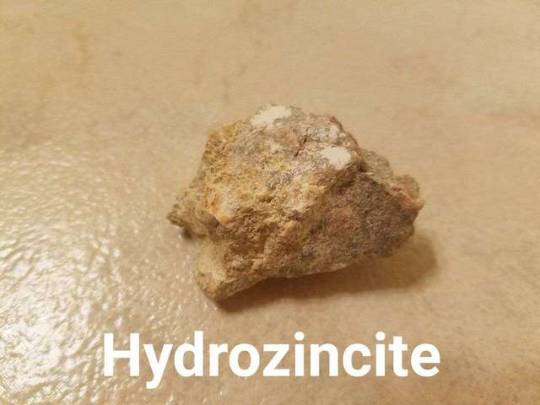
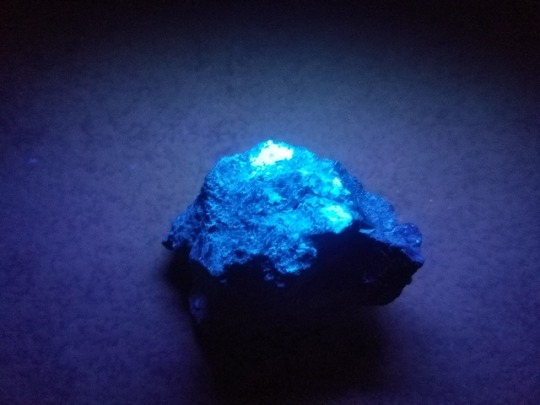


I got some cool new rocks!
#rocks#rock collection#minerals#fluorescent#fluorescent minerals#cool rocks#laumontite#wollastonite#hydrozincite#youngite
131 notes
·
View notes
Photo
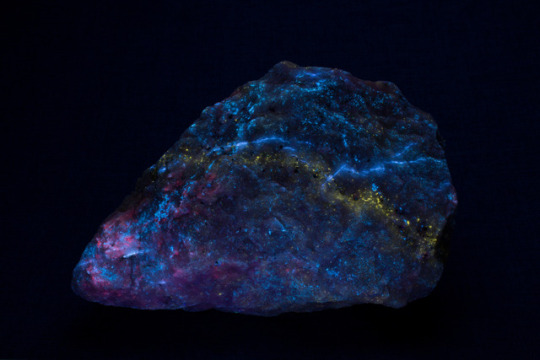
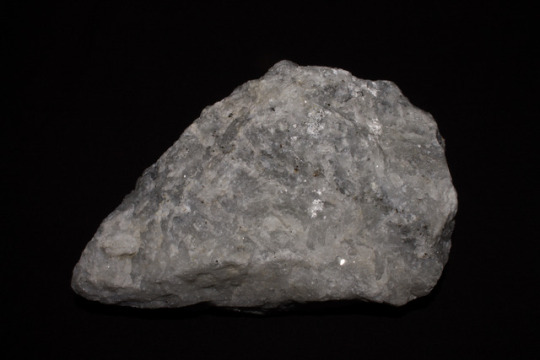
Chondrodite/Humite, Calcite, Aragonite, Hydrozincite, Diopside from the Long Lake Zinc Mine, Ontario, Canada under short wave ultraviolet and white light. There are also some pyrite flecks that are non-fluorescent.
#Chondrodite#Chondrodite/Humite#Calcite#Aragonite#Hydrozincite#Diopside#crystal#Crystals#Mineral#Minerals#Geology#Fluorescent#Fluorescent Minerals#Short Wave#Short Wave UV#Short Wave Ultraviolet#Ultraviolet#Cool Rocks
420 notes
·
View notes
Photo

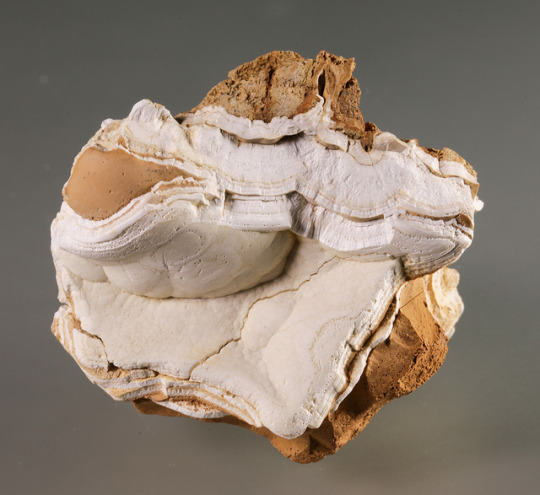
Hydrozincite
Locality: Udias, Cantabria, Spain
#Hydrozincite#White#Brown#Minerals#Crystals#Gems#Gemstones#Science#Nature#Matrix#Geology#Natural beauty#hematitehearts#Mineralogy#Rockhound#Spain
260 notes
·
View notes
Photo

Some gemstones based on carbonate minerals. :)
#Carbonate minerals#SU#Steven Universe#Gems#Gemstones#Kutnohorite#rosasite#Gaspeite#aragonite#phosgenite#calcite#spherocobaltite#Hydrozincite
35 notes
·
View notes
Photo



Hydrozincite, the fusion of Willemite and Lapis Lazuli
1 note
·
View note
Text

White hydrozincite on calcite scalenohedrons. San Giovanni mine
6 notes
·
View notes
Note
What would a Langite and Hessonite make?
Pietersite, Fluckite or Hydrozincite
Mod: nepheline-universe
2 notes
·
View notes
Photo
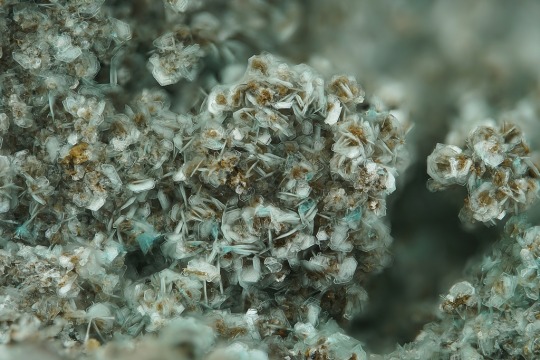
Simonkolleite
Zn5(OH)8Cl2·H2O
Locality:
Genna zinc smelter slag locality, Letmathe, Iserlohn, Sauerland, North Rhine-Westphalia, Germany
Field of View: 2.5 mm
Collection and photo Stephan Wolfsried
Simonkolleite occurs as a product of weathering of zinc-bearing slags and is associated with native zinc, hydrocerussite, diaboleite, zincite and hydrozincite.
#Simonkolleite#Germany#science#love#minerals#crystal#sky blue#amazing#nature#beautiful#photography#sexy#rock#sweet#geology#follow me#Mineralized
137 notes
·
View notes
Text
Zinc One completes drilling in Southern Area at Bongará Zinc Mine Project in Peru
Drilling in this area of Mina Grande Sur has been focused on the delineation of near-surface, high-grade mineralization. To date, results from 50 drill holes for a total of 803.6 metres at Mina Grande Sur have been reported with results from the 45 remaining holes to follow upon receipt. The drill program at Mina Grande Sur has now been completed and included a total of 2,328.4 metres from 95 holes (see map below in Figure 1.). Results of the drill program will contribute to the overall understanding of the area and provide data in support of the upcoming technical report expected to be released in Q3 2018.
Jim Walchuck, President and CEO of Zinc One commented, “These results from the completed drill program at Mina Grande Sur continue to demonstrate that the Bongará Zinc Mine project is an exceptional zinc-rich deposit. We fully expect that the data collected from Mina Grande Sur will become part of the upcoming resource calculation for the entire project. While we wait for the remaining results from Mina Grande Sur, the drill program will be focused on the Mina Grande Centro zone, where drilling has now commenced, and then continue in the Mina Grande Norte zone.”
Mina Grande Sur Additional Drill Results Highlights:
Results from 24 holes were reported previously (see news releases from March 29, 2018 and May 7, 2018).
Significant new intercepts include:MGS18047 – 11.2 metres of 24.7% zinc, from 1.8 metres drill depthTrue vertical thickness of 9.7 metres from true vertical depth of 1.6 metres
MCH18026 – 5.5 metres of 25.0% zinc, from surfaceTrue vertical thickness of 3.9 metres
MGS18046 – 4.5 metres of 36.1% zinc, from surfaceTrue vertical thickness of 3.2 metres
Mineralization at Mina Grande Sur includes zinc oxides, carbonates and silicates hosted by soils, highly-weathered carbonates, and fine- to coarse-grained dolomites.
Mina Grande Sur is one of three known zones of high-grade, near-surface zinc-oxide mineralization along a 1.4 kilometre mineralized trend that is being tested by this drill program. Results from the 36 holes drilled have been reported at Bongarita, which lies approximately 1.3 kilometres northwest of Mina Grande Sur. A significant high-grade zinc deposit was discovered during the drill program at Mina Chica, which is approximately 1.2 kilometres northwest of Mina Grande Sur. Results from 35 of 53 holes drilled at Mina Chica, for a total of 2,370.9 metres, have been reported to date.
Geology and Discussion of Results
The zinc mineralization at Bongará is hosted by carbonate rocks and is classified as a Mississippi Valley-type deposit. The mineralization is stratabound and is basically a tabular body with irregular boundaries. Hydrozincite, smithsonite, hemimorphite, and a zinc-aluminum-iron silicate are the primary zinc minerals that are hosted primarily by soils, heavily-weathered fractured dolomites and dolomite breccias. Given that the strike and dip of the mineralization is not known, the intercepts do not necessarily represent true thicknesses; moreover, long intercepts, e.g., MGS18-003, most likely drilled subparallel to the dip of the tabular mineralized body. At Bongarita specifically, mineralization is exclusively hosted by soils. Overall, the mineralization is focused along the axis of a doubly-plunging anticline as well as within the eastern flank of the anticline.
Zinc One follows a systematic and rigorous Quality Control/Quality Assurance program overseen by Dr. Bill Williams, COO and Director of Zinc One.
The sample from each core run is placed in a 60-centimetre long, plastic core box that has five columns. Core recovery, rock quality designation (“RQD”), and geologic features are logged and sample intervals, which are generally <2 metres, are chosen. Each core box is photographed and then sampled with a spatula (soil and heavily-weathered rock) or cut with a core saw, 50% of which is placed in a sample bag and stored on site in a secure location. The Company independently inserts certified control standards, blanks, and duplicates, all of which comprise at least 20% of the sample batch, to monitor sample preparation and analytical quality. The samples are stored in a secure area until such time they are shipped to the CERTIMIN laboratory in Lima (ISO 9001 Certified) for preparation and assay. At the laboratory, samples are dried, crushed, pulverized and then a four-acid digestion is applied. This is followed by the ICP-AES analytical technique for 33 elements, including lead. The same method is used to assay zinc for values up to 20%. If zinc exceeds 20%, it is then analyzed using a titration method. The laboratory also inserts blanks and standards as well as including duplicate analyses.
Source: Company Press Release
[Read More ...]
This feed powered by J & A Business Solutions
Zinc One completes drilling in Southern Area at Bongará Zinc Mine Project in Peru was originally posted by Energy News That Matters
0 notes
Text
Supercritical carbon dioxide treatment of hot dip galvanized steel as a surface treatment before coating
Publication date: 15 December 2017
Source:Surface and Coatings Technology, Volume 331
Author(s): Ville Saarimaa, Aaretti Kaleva, Juha-Pekka Nikkanen, Saara Heinonen, Erkki Levänen, Pasi Väisänen, Antti Markkula, Jyrki Juhanoja
Supercritical carbon dioxide (scCO2) treatment was employed for rapid formation of a zinc patina layer on hot dip galvanized (HDG) steel. In the presence of H2O and a Cu precursor, an artificial patina consisting of two distinctive phases was formed: a dense ~1μm layer of anhydrous ZnCO3 adjacent to native zinc coating, and a needle-like porous structure showing resemblance to hydrozincite (Zn5(CO3)2(OH)6). The artificial patina layer significantly decreased the surface free energy of HDG, which was evidenced also by good wettability by a polyester melamine coating. Furthermore, the needle-like patina surface structure stayed intact through the coating process, indicating improved coating adhesion. ScCO2 treatment facilitates rapid and impurity-free surface treatment of hot dip galvanized steel, and could be used to tailor novel adhesion and corrosion promoting surface morphologies.
Read more from Journal of Safety Research http://ift.tt/2xGZCMl
0 notes
Photo
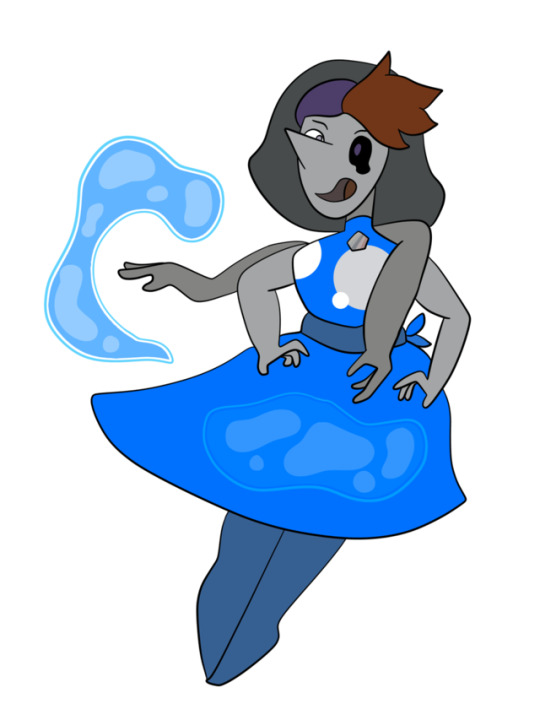
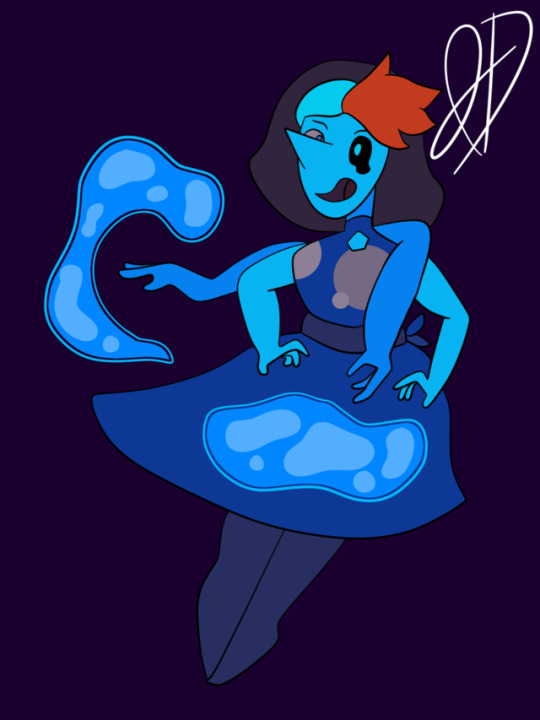
Weekly Willemite Fusion #4
Hydrozincite = Willemite + Lapis Lazuli
13 notes
·
View notes